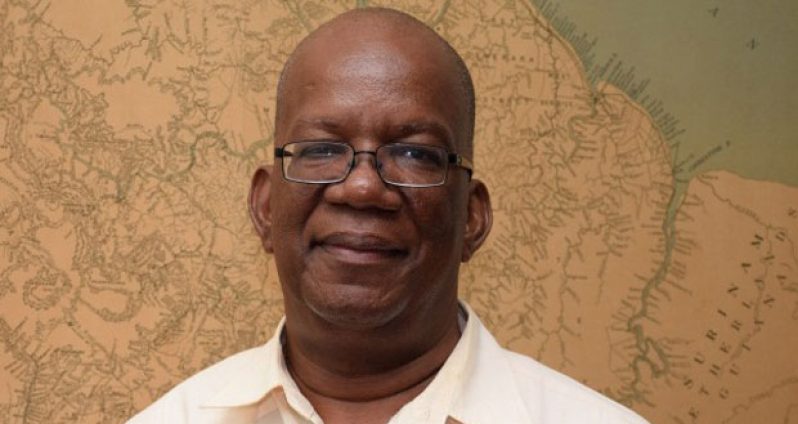UNDER the previous arrangement, the Guyana Power and Light Inc. (GPL) had been mandated to pay a grand total of US$130 million per year to the operators of the Amaila Falls hydro electricity facility; and that sum did not include the US$160M contributions from Guyana to the project.In his four-hour inaugural budget presentation to the National Assembly yesterday, Finance Minister Winston Jordan said that while Government continues to explore options for reducing Guyana’s energy cost, “it would not only be irresponsible, but a downright criminal act of deception were we to proceed with the Amaila Falls [Project].”
“Our investigations have revealed that, at the current cost of almost $1B, the Guyana Power and Light Inc (GPL) would be required to make annual payments amounting to US$130 million to the operators of the hydro facility,” Jordan disclosed.
He added that those monies would have added up to a “total of US$2.6B over the 20-year commitment period of the power purchase agreement.”
Jordan said those monies that were to be paid from GPL over the 20-year period did not include the other contributions from Guyana, which ranked in the millions of United States Dollars.
“This does not include Guyana’s contribution of at least US$160 million… and the garnishing of US$65 million of our foreign reserves.”
The US$160M which the Finance Minister mentioned was paid as US$45M for the access road to the site and another US$80M equity through the Kingdom of Norway.
Speaking to his budget presentation, entitled “Vision 2020,” Jordan said that, over the next five years, the Government will be examining traditional and non-traditional sources of energy. “We will examine all sources of energy – fossil fuels, wind, solar, bagasse, and of course hydropower.
“We will commence feasibility studies for a large hydropower development in the Mazaruni region,” Jordan said, adding that this will be done in collaboration with the Government of Brazil.
Jordan said the aim is to “encourage independent power producers and suppliers to construct energy farms and sell energy to the national grid.”
Additionally, the administration, according to Jordan, will “construct and/or promote the construction of small hydro systems in areas such as Moco Moco, Kato and Tumatumari.” These are expected to power new townships like Bartica with alternative energy sources.
On the issue of GPL paying monies to the Amaila operators, Jordan called it was “delusional” to assume “GPL has the competence to handle such a financial burden.”
“The GPL is known to have a poor operational, financial and technical capability,” he said.
Jordan raised concern that the initial arrangement for the project would have required massive tariff increases. Additionally, the arrangement would have been met with some transfers from the Treasury, with monies provided by taxpayers.
While plugging the need for the Amaila Falls as a hydropower centre, as was identified 40 years ago, Jordan said its development must “make financial sense.”
Jordan renewed the commitment of his Government to diversifying Guyana’s energy sector, but he said: “As configured currently, the cost of financing is too high. Unless the price tag can be substantially lowered, we cannot proceed.”
Jordan said experts from the IDB who considered the project as being too risky to attract the Bank’s financing have supported his opinion.
By Derwayne Wills



.jpg)








